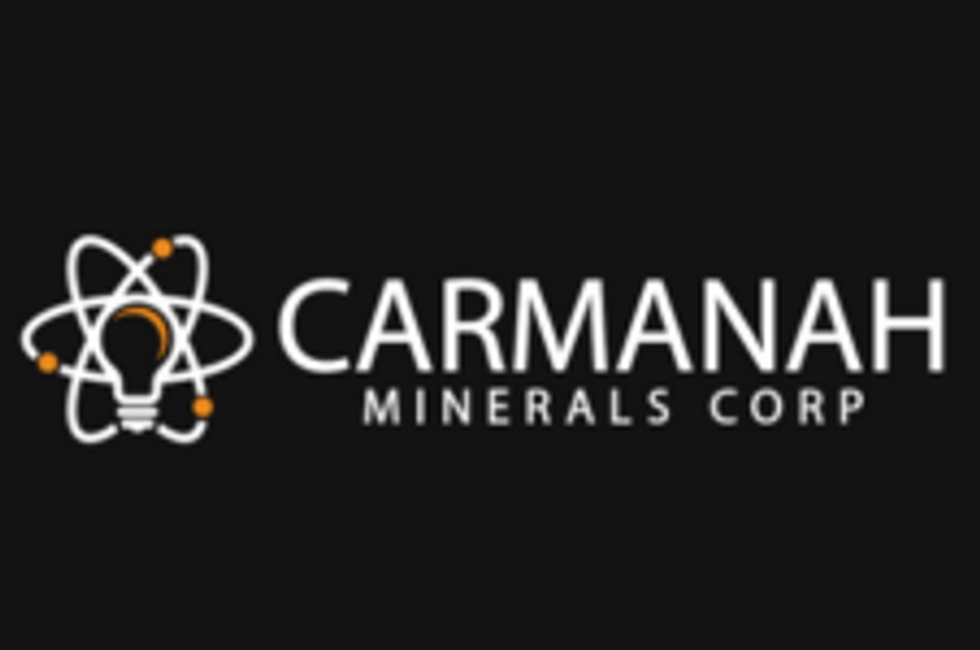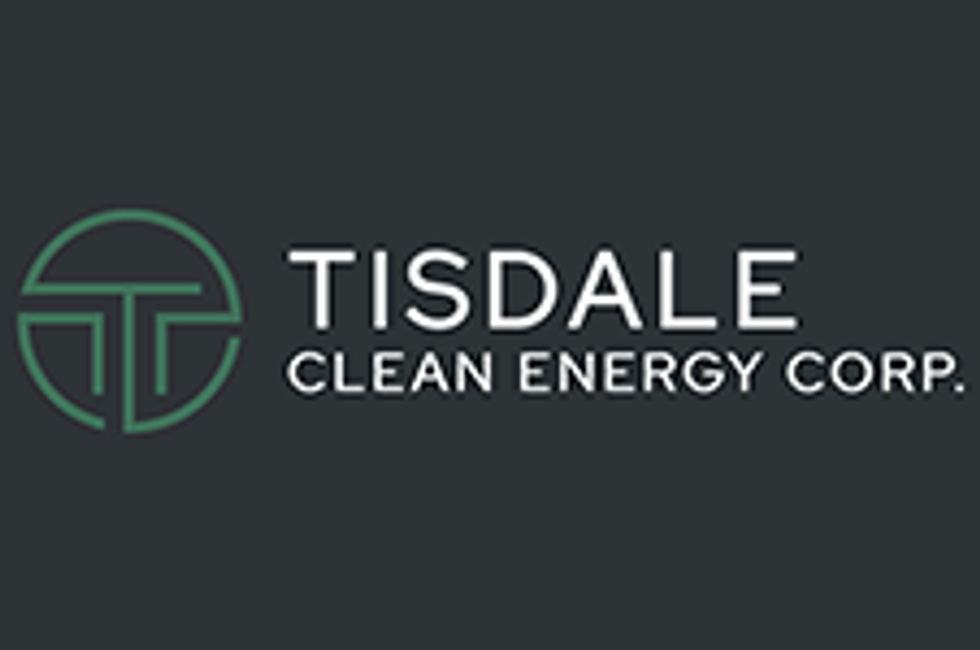- AustraliaNorth AmericaWorld
Investing News NetworkYour trusted source for investing success
Cyclone Metals
Lancaster Resources
Purpose Bitcoin ETF
Element79 Gold Corp.
- Lithium Outlook
- Oil and Gas Outlook
- Gold Outlook Report
- Uranium Outlook
- Rare Earths Outlook
- All Outlook Reports
- Top Generative AI Stocks
- Top EV Stocks
- Biggest AI Companies
- Biggest Blockchain Stocks
- Biggest Cryptocurrency-mining Stocks
- Biggest Cybersecurity Companies
- Biggest Robotics Companies
- Biggest Social Media Companies
- Biggest Technology ETFs
- Artificial Intellgience ETFs
- Robotics ETFs
- Canadian Cryptocurrency ETFs
- Artificial Intelligence Outlook
- EV Outlook
- Cleantech Outlook
- Crypto Outlook
- Tech Outlook
- All Market Outlook Reports
- Cannabis Weekly Round-Up
- Top Alzheimer's Treatment Stocks
- Top Biotech Stocks
- Top Plant-based Food Stocks
- Biggest Cannabis Stocks
- Biggest Pharma Stocks
- Longevity Stocks to Watch
- Psychedelics Stocks to Watch
- Top Cobalt Stocks
- Small Biotech ETFs to Watch
- Top Life Science ETFs
- Biggest Pharmaceutical ETFs
- Life Science Outlook
- Biotech Outlook
- Cannabis Outlook
- Pharma Outlook
- Psychedelics Outlook
- All Market Outlook Reports
Coming Uranium Supply Crunch a Boon to Near-term Producers
Uranium Investing News talks shop with resource stock guru Rick Mills, who believes a perfect storm of increasing demand alongside dropping above-ground supply will create ideal conditions for near-term producers.
Uranium Investing News sat down with Rick Mills, owner and host of investment website Ahead of the Herd, to discuss uranium prices and the outlook for U3O8 producers.
Uranium Investing News: Short-term uranium spot prices are trading nearly $20 a pound below long-term prices. Can you explain the huge disconnect?
Rick Mills: There’s obviously a dark cloud still hanging over the uranium sector even though it’s been nearly two years since Fukushima. The spot market has experienced nearly a 10 percent drop in the last few months, with most utilities sitting on the sidelines waiting to see if prices have bottomed. Limited demand has been forcing sellers into lowering prices to entice utilities into buying.
Japan’s post-Fukushima nuclear fuel inventories are a huge overhang on the spot markets. As a utility, if you think Japan and Germany are not going to restart their reactors you’re sitting on the sidelines waiting for all that fuel to come into the market and further depress prices — of course, neither Japan nor Germany has been buying fuel for awhile, so we’ve lost that demand. There’s also been limited Chinese demand due to its long-anticipated revised nuclear build schedule creating uncertainty. Are they cutting back, and if so, how much? All of that is on top of low natural gas prices in the United States, which have resulted in the shutdown of a nuke plant and the cancellation of two upgrades. It’s all working together to pull down the short-term spot price.
UIN: Analysts across the industry have been calling a bottom in spot prices for months now, yet prices keep sliding further. What’s your take? Are we close to that bottom or will we see the slide deepen?
RM: Long-term uranium prices since January of this year have held up, hovering around $60 per pound. And the short-term price hasn’t fallen below $40 per pound since early in 2006, so it’s got a strong floor.
UIN: What’s keeping long-term uranium prices stable and fueling the more positive long-term outlook?
RM: Let’s take a look at China. I firmly believe that China is still going to reach its 80-gigawatt (GW) goal by 2020. They have released their new five-year energy plan, lifting the moratorium on new nuclear builds. This is a huge industry catalyst that paves the way for more reactor construction. Although there’s a ban on building inland nuclear plants, there are 27.5 GW of capacity that can be approved for construction in the coastal provinces. I believe there will be more approvals coming.
Now, about Japan. The September call for a 2030 nuclear phase out is not going to happen. The cabinet flat out refused to ratify it. Japan imports something like 85 percent of their energy, they cannot afford to phase out nuclear power. There’s absolutely no doubt Japan’s going to restart its reactors. Japanese utilities are spending money on upgrading their reactors, including putting new hydrogen recombiners into 23 units. They’ve announced plans to complete construction on other units. J-POWER’s Ohma plant is 40 percent completed and construction has resumed. I expect a lot of restarts next year from July on.
While the market may be suffering short term, there’s no other market out there that can compare with the forward investment potential in the uranium space.
UIN: Especially with share prices so depreciated.
RM: Yes, absolutely. When you look at equities, producers are trading 40 percent off their 52-week highs and juniors 52 percent off their highs.
UIN: Why should investors remain optimistic about the uranium industry?
RM: There are many reasons to be optimistic about this industry. Did you know there are more nuclear reactors under construction and planned now than there were prior to Fukushima? That tells me utilities are going to pick up their buying. And the smart ones are already securing supply. EDF (EPA:EDF) just agreed to pay out $200 million in cash a full seven years in advance for delivery of 13 million pounds and they’ve contracted 78 million pounds from another company. The United Arab Emirates covered a full seven years of uranium supply for its first four reactors by buying $3 billion worth of supply contracts.
I’ve written a lot about security of supply and that looks to me like exactly what they are doing. Saudi Arabia can certainly afford to follow this example and buy enough uranium to supply its 16 planned reactors. Massively power-poor India is talking with uranium-rich Canada and Australia about uranium supply agreements and India is going to build at least 30 reactors. The demand side is looking price positive when you factor in the restart of Japanese reactors, the Chinese resuming construction, developments in South Korea and the emerging markets of India and Russia.
On the supply side, the HEU (Highly Enriched Uranium) agreement between the US and Russia ends at the end of next year. Couple that with the estimated more than 22 million pounds of U3O8 production that has been deferred on poor economics. Paladin (TSX:PDN,ASX:PDN) estimates a 25 percent drop in mine supply due to market conditions by 2020. AREVA (EPA:AREVA) has recently placed its 9-million-pounds-a-year Trekkopje development project on care and maintenance saying it needs a $75-a-pound break-even price. Cameco (TSX:CCO,NYSE:CCJ) has taken 6 million pounds off its production forecast.
The market needs an incentive price of $70 to $80 a pound to bring on new supply to meet this demand that’s going to come.And it is coming. Demand has only been temporarily postponed. It’s a 10-year timeline to get a mine up and running. In a short period of time we’re going to face a serious shortage of uranium. There’s no way around it. Fukushima was very unfortunate, but the fact is it has presented resource investors with great opportunity.
UIN: So the market conditions are perfect for the near-term producers coming on line in the next few years?
RM: Yes. I think investors should have a small basket of stocks, a producer and near-term producers.
I believe Cameco’s got plenty of upside in its share price and the company also pays a dividend. They just bought Nukem Energy, you should get a lift in earnings from that. They’re also part of a group with AREVA that has a deal with Russian group Tenex to purchase uranium from dismantled Russian warheads. That should have a positive impact on the share price. India and Canada have just finished talks and have reached a deal where Canadian uranium and nuclear technology can be exported to India for the first time in 40 years — that’s going to benefit Cameco immensely. I think Cameco is one that should be on everybody’s radar screen for an upside in the share price and a dividend while you sit.
Getting into near-term production juniors, my top pick is Uranerz (TSX:URZ,AMEX:URZ). This company just got the deep well permits on their ISR Nichols Ranch project and they will be in production summer 2013. They’ll be ramping up quickly to a production rate of 600,000 to 800,000 pounds per year. They are licensed for 2 million pound per year. Their projects are either sandwiched between Cameco and Uranium One (TSX:UUU) projects or border them in Wyoming. It’s my opinion that they’re way underpriced when you consider the demand/supply situation in the US, which is heavily reliant on foreign imports. Remember, the US consumes 55 million pounds of uranium per year and only produces 4 million.
The next near-term producer that I think deserves consideration is Ur-Energy (TSX:URE,AMEX:URG), which seems to be very attractively priced. It has a fully-permitted scalable ISR project, Lost Creek, in Wyoming. They’ve finished their permitting activities and have started construction of a 2-million-pound-per-year processing facility. And they’ve got some good technical depth on their board.
Securities Disclosure: I, Melissa Pistilli, hold no direct investment interest in any company mentioned in this article.
Rick Mills holds no direct investment interest in any company mentioned in this article. Uranerz is a paying advertiser on aheadoftheherd.com.
Outlook Reports
Featured Energy Investing Stocks
Browse Companies
MARKETS
COMMODITIES
| Commodities | |||
|---|---|---|---|
| Gold | 2387.70 | +5.91 | |
| Silver | 28.81 | -0.08 | |
| Copper | 4.35 | -0.03 | |
| Oil | 85.90 | +0.49 | |
| Heating Oil | 2.67 | +0.01 | |
| Natural Gas | 1.69 | 0.00 | |
Investing News Network websites or approved third-party tools use cookies. Please refer to the cookie policy for collected data, privacy and GDPR compliance. By continuing to browse the site, you agree to our use of cookies.






